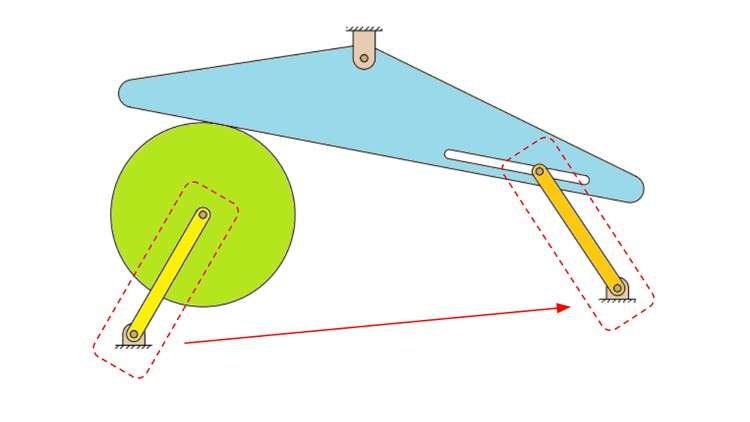
Master to analyze how the motion is transmitted between the links in a mechanism depending on its kinematic joints
What you will learn
Understand different methods of transmitting motion between rigid bodies in a mechanical system
Master how to deal with direct and indirect motion transmission cases considering various types of kinematic joints in the system
Have adequate insight to draw the “line of transmission” and the “line of centers” between the two sides of a motion transmission
Be able to determine the angular velocity of a desired link as a function of the angular velocity of an input link
Find lots of examples to have a clear picture of complex concepts
Practice what you have learned by completing a set of easy to complex exercises with detailed solutions
Description
In this course, you will get familiar with the different methods of transmitting motion between rigid bodies in a mechanical system. You will understand the concept of “line of transmission” and “line of centers”, and will be able to draw these lines between the two sides of a motion transmission. You will experience various situations depending on the type of motion transmission (being either direct or indirect) and the types of kinematic joints in the system. You will learn how to find the angular velocity of an output link as a function of the angular velocity of an input link via applying a formula that requires the “line of transmission” and the “line of centers”. We will derive this formula with detailed illustrations using the similarity of triangles from basic geometry. During the lectures, you will find lots of easy to tricky examples to understand and master all the concepts. You will also have ample chance to practice what you have gained and evaluate your progress via several exercises followed by detailed solutions. After completing all the lessons, there will be a course review section giving you a quick summary of all you have learned followed by some more challenging exercises from the entire course.
Content